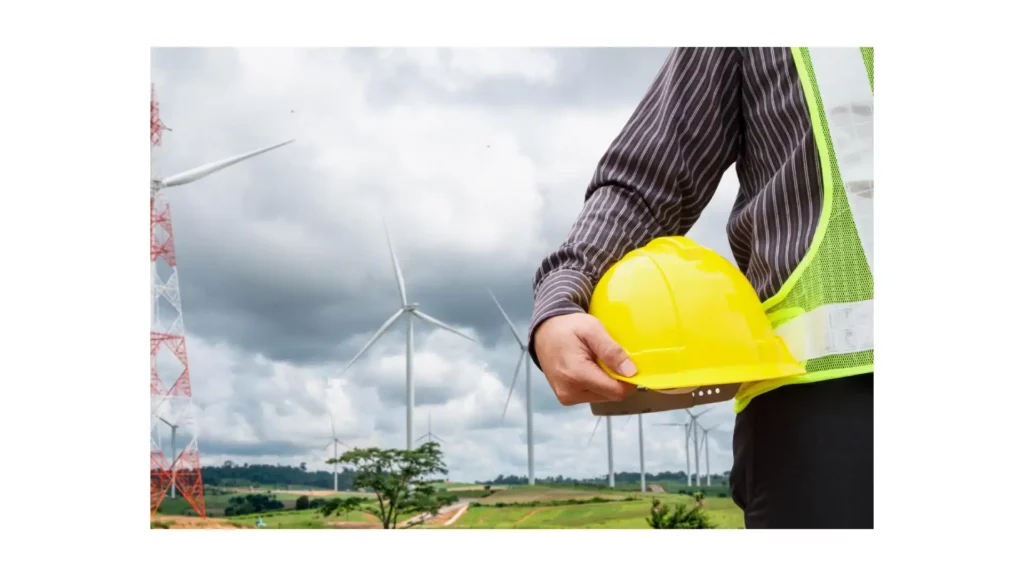As the world increasingly turns to renewable energy sources to combat climate change, wind energy stands out as a pivotal player.
This green powerhouse is celebrated for its low environmental footprint and significant contribution to reducing greenhouse gas emissions. Yet, as wind energy installations proliferate globally, so do concerns about their safety.
This guide dives deep into the wind energy safety concerns, exploring the challenges, the strides made in addressing them, and the road ahead in ensuring that wind energy remains not only sustainable but also a safe energy solution.
Understanding Wind Energy
Before delving into the specifics of safety concerns, it's essential to grasp what wind energy is and how it works. Wind energy harnesses the power of the wind, converting it into electricity through turbines.
When the wind blows, these turbines activate blades connected to a rotor; the rotor then spins a generator to create electricity
The beauty of wind energy lies in its simplicity and the abundance of its source—the wind itself.
The Growth of Wind Energy
The last two decades have seen exponential growth in wind energy, making it one of the fastest-growing renewable energy technologies.
Countries across the globe are investing in wind farms, both onshore and offshore, to diversify their energy portfolios and reduce reliance on fossil fuels.
This surge is propelled by technological advancements that have made wind energy more efficient, cost-effective, and accessible.
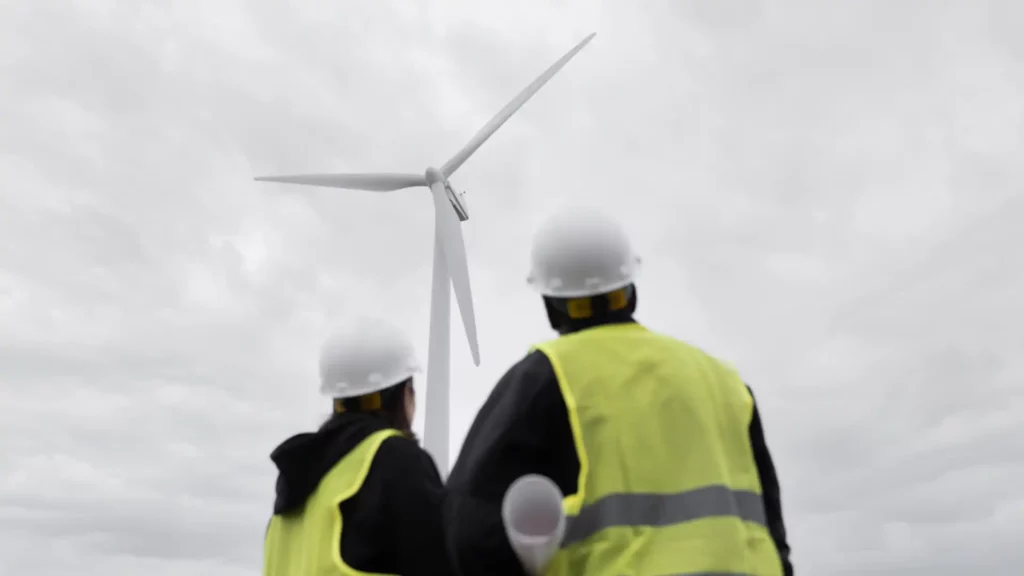
Delving into Wind Energy Safety Concerns
While wind energy is renowned for its environmental advantages, it also presents several safety challenges that must be addressed to protect workers, local communities, and wildlife throughout a project's lifecycle.
- Turbine Failures and Maintenance: Wind turbines, susceptible to wear and tear, can face issues like blade failure and gearbox problems. Addressing these through regular maintenance and using advanced technologies is vital for minimizing risks.
- Occupational Hazards: Workers face risks such as working at heights and handling heavy equipment. Enhancing safety standards and providing comprehensive training are key to ensuring their safety.
- Environmental Impact and Wildlife: The risk of wildlife, especially birds and bats, colliding with turbines necessitates measures like site assessments and the use of deterrent technologies to minimize harm.
- Noise Pollution and Shadow Flicker: To mitigate issues like noise and shadow flicker affecting nearby residents, careful site selection and turbine design improvements are essential.
- Emergency Response and Evacuation: Preparing for rare events like turbine fires involves developing specific emergency plans and coordinating with local services to safeguard both workers and the community.
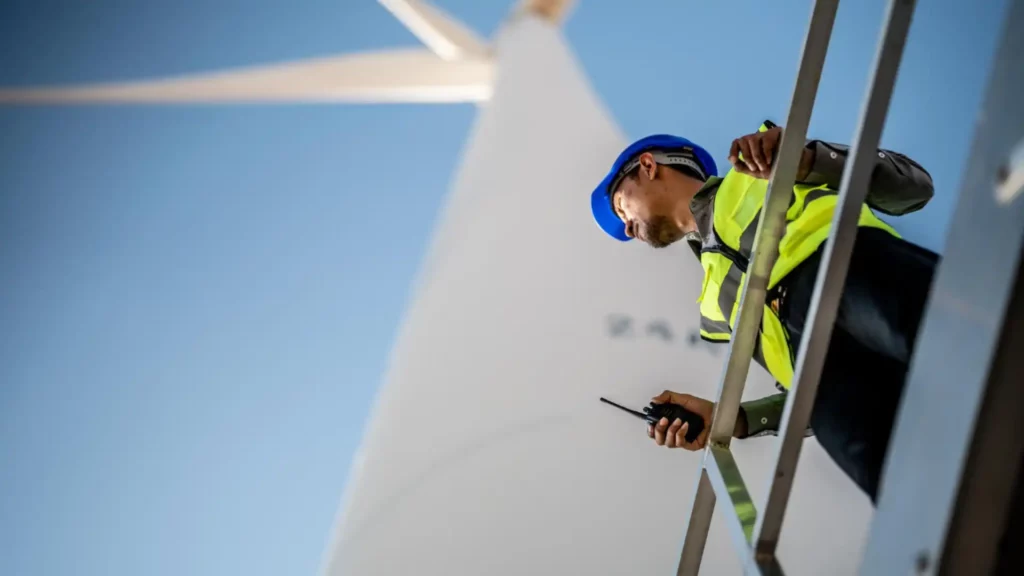
Strategies for Mitigating Wind Energy Safety Concerns
Strategies for Mitigating Wind Energy Safety Concerns
Mitigating the safety concerns related to wind energy involves collaborative efforts from various stakeholders. Here's a summarized list of strategies:
- Advances in Technology and Design: Continuous innovation in materials engineering and aerodynamic designs enhances the safety and reliability of wind turbines, reducing failure risks.
- Regulatory Standards and Best Practices: Establishing and following comprehensive safety standards and best practices is crucial for covering all aspects of wind energy projects, ensuring these standards are consistently applied.
- Training and Education: Providing technical and safety-specific training for industry personnel, including emergency procedures, risk assessment, and the use of protective equipment, is essential for improving safety.
- Community Involvement and Transparency: Building positive relationships with host communities through transparent communication about wind energy's benefits and risks, and involving them in decision-making, addresses safety concerns effectively.
- Environmental Monitoring and Conservation Strategies: Implementing ongoing environmental monitoring and conservation strategies reduces the impact on wildlife and ecosystems, utilizing technologies to deter wildlife from turbine areas and conducting habitat restoration.
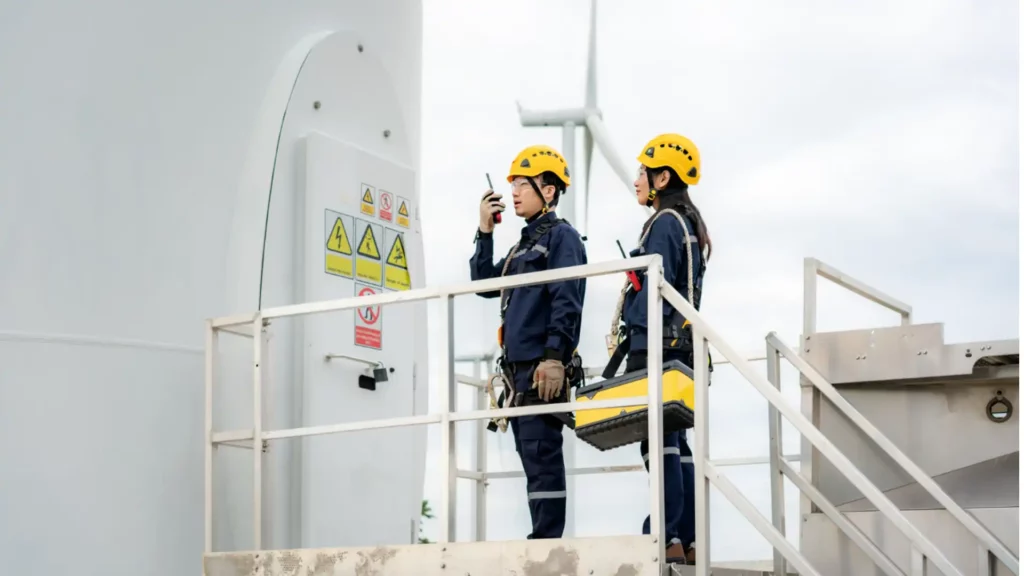
Preventing and Learning from Wind Energy Accidents
Wind energy accidents are rare but crucial for safety. They range from blade failures to fires, highlighting the need for safety protocols.
Analyzing causes, implementing prevention, and learning from incidents are vital to enhance wind energy system safety.
This proactive approach is key to ensuring wind energy remains a safe and sustainable option for global electricity generation.
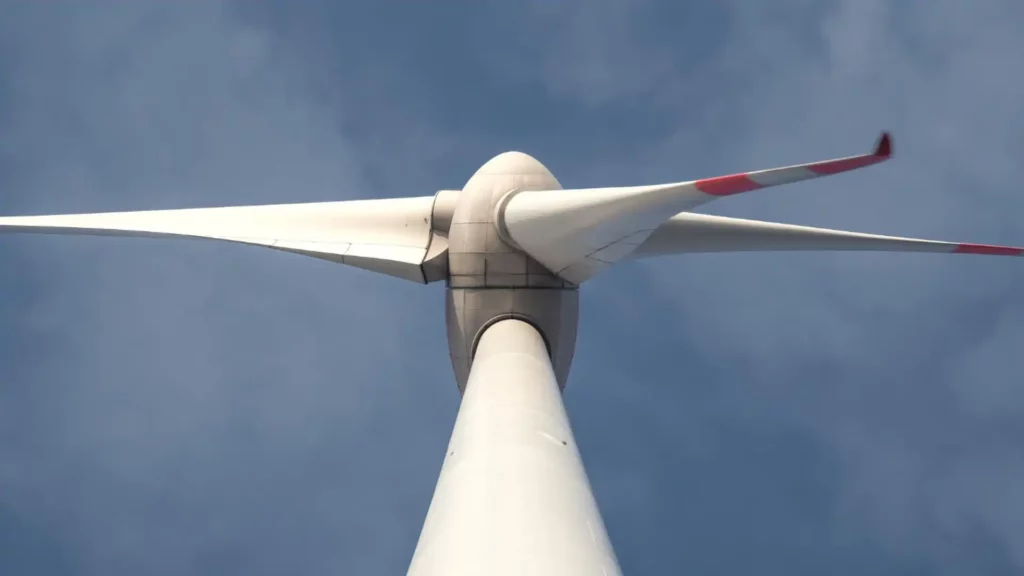
Technological Innovations Enhancing Safety in Wind Energy
The wind energy sector is at the forefront of adopting technological innovations aimed at not only improving efficiency and cutting costs but also significantly enhancing safety.
These advancements are pivotal in addressing the myriad of Wind Energy Safety Concerns, ensuring that wind power remains a cornerstone of sustainable and safe energy production.
- Advanced Blade Design: Innovations in materials science and aerodynamic design are revolutionizing wind turbine blades, making them lighter, stronger, and more resilient.
- Remote Monitoring and Predictive Maintenance: Utilizing state-of-the-art sensors and leveraging the power of AI algorithms for predictive analysis, this technology is a game-changer in preemptively identifying potential equipment failures.
- Automated Shutdown Systems: In the face of malfunction, extreme weather conditions, or other safety risks, these systems can autonomously shut down a turbine, curtailing the risk of accidents.
- Ice Detection Systems: In colder climates, ice buildup on turbine blades can pose significant Wind Energy Safety Concerns, including reduced efficiency and the risk of ice throw.
- Fire Suppression Systems: Wind turbines, particularly those in remote areas, are equipped with integrated fire suppression systems to address the Wind Energy Safety Concerns related to potential fires.
- Wildlife Protection Technologies: Innovations like bird and bat detection systems are addressing Wind Energy Safety Concerns by pausing turbines when wildlife is nearby to prevent collisions, promoting harmony between wind energy and natural habitats.
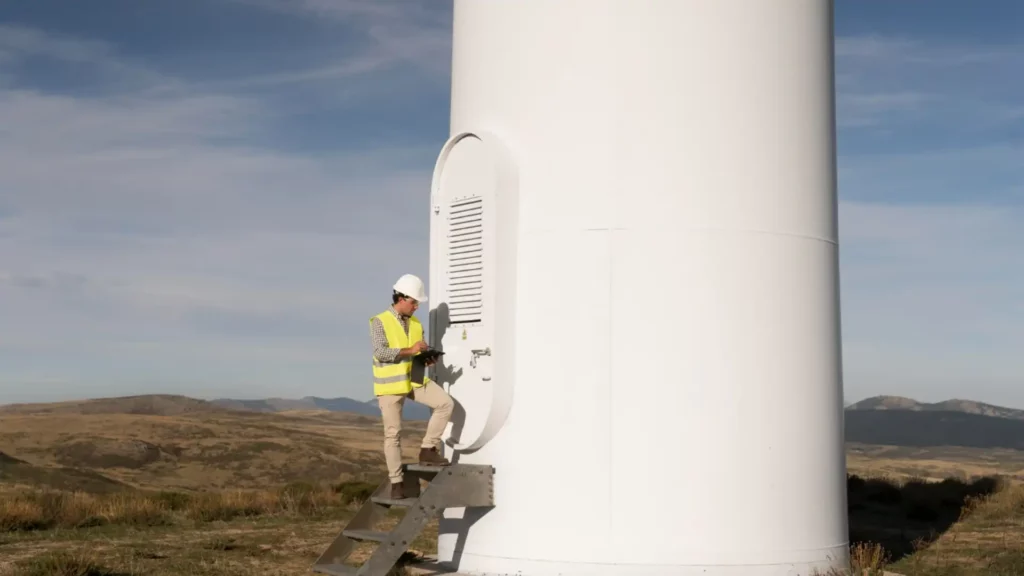
Impact on Public Health and Safety: Navigating Wind Energy Safety Concerns
When it comes to renewable energy, wind energy stands out for its minimal environmental impact. However, wind energy safety concerns related to public health cannot be overlooked.
- Noise Pollution: Addressing wind energy safety concerns like noise pollution is crucial. Distance regulations and noise mitigation technologies can help minimize its impact on nearby communities.
- Shadow Flicker: To mitigate wind energy safety concerns from shadow flicker, strategic turbine placement and planning are key solutions.
- Physical Safety: Ensuring robust safety measures and emergency response plans are essential to address wind energy safety concerns related to the physical safety of communities near turbines.
- Electromagnetic Interference (EMI): Mitigating EMI involves collaborating with authorities to ensure public safety and operational efficiency, addressing related wind energy safety concerns.
- Ice Throw: Implementing ice detection systems and shutdown protocols during icing events are effective strategies to mitigate wind energy safety concerns in cold climates.
- Fire Risk: Incorporating fire detection and suppression systems within turbines helps address wind energy safety concerns related to fire risks.
- Structural Integrity and Collapse: Regular inspections and maintenance ensure turbine structural integrity, addressing wind energy safety concerns related to potential collapses.
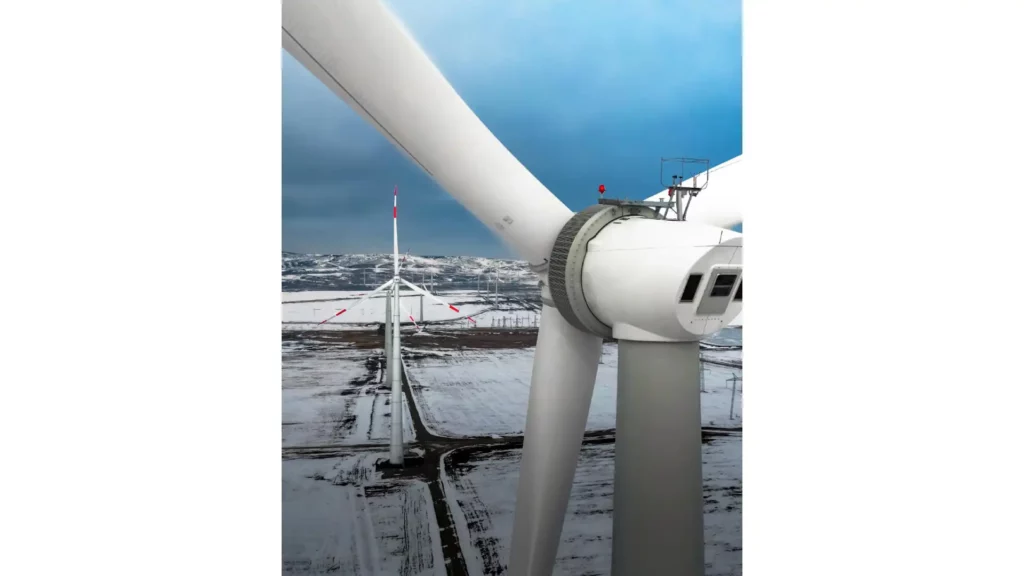
Towards a Safer Future: Addressing Wind Energy Safety Concerns
The future of wind energy is not just about clean power; it's also about ensuring safety.
This means continuously improving safety protocols, engaging with communities to address their wind energy safety concerns, and investing in R&D to mitigate environmental impacts.
By doing so, the industry can address wind energy safety concerns effectively, ensuring a sustainable and safe path forward for wind energy.
- Technological Evolution and Safety Enhancements
Advancements in technology are revolutionizing wind energy, and enhancing efficiency, reliability, and safety.
Innovations in materials, engineering, and data analysis will result in more powerful turbines with advanced safety measures. Real-time monitoring systems can predict and prevent failures, reducing accidents.
- Deepening Understanding of Environmental Impacts
Ongoing research is addressing environmental impacts of wind turbines like effects on birds and bats, noise pollution, and visual impact.
Efforts include wildlife-friendly turbine design, noise reduction tech, and strategic location choices to lessen ecological harm.
- Strategies for Mitigating Safety Concerns
As we plan for the future, it's evident that safety measures in wind energy are improving. This includes addressing safety risks, worker well-being, wildlife protection, and community support.
Safety enhancements now focus on prevention through better design, planning, and community involvement.
- The Role of Regulation and Industry Standards
Regulation and industry standards are vital for wind energy safety. With industry growth, global standards are crucial for ensuring safety, environmental protection, and sustainability in evolving technologies.
- A Sustainable Future Powered by Wind Energy
The wind energy industry is dedicated to safety, sustainability, and innovation, ensuring its place as a crucial part of the shift to renewable energy.
By prioritizing improvement and addressing safety and environmental issues, wind energy will remain a reliable and sustainable energy source for the future.
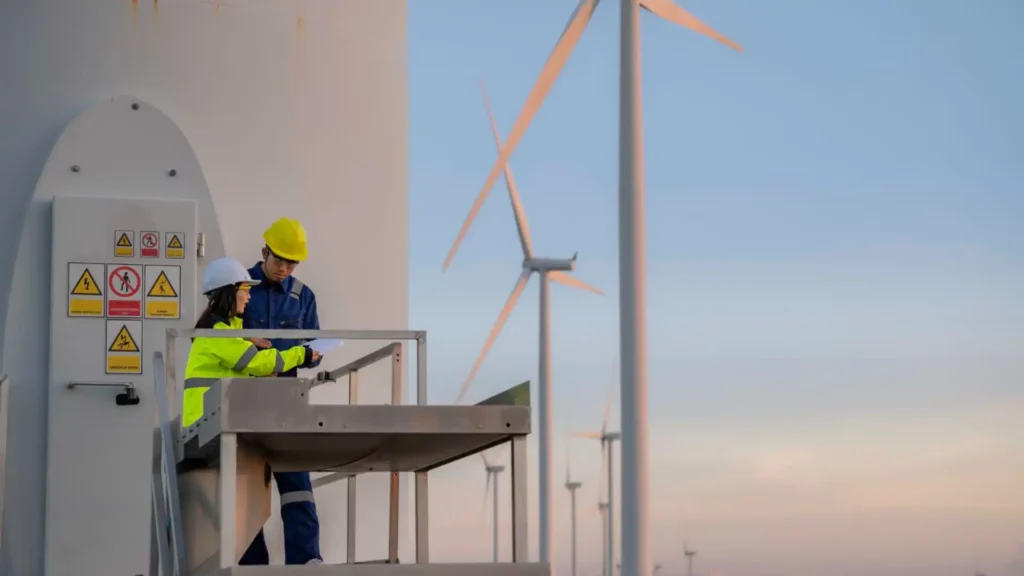
Frequently Asked Questions About Wind Energy Safety Concerns
What are the primary safety concerns associated with wind turbines?
The primary safety concerns include turbine failures, occupational hazards during construction and maintenance, environmental impact on wildlife, noise pollution, shadow flicker effects on nearby residents, and the need for effective emergency response plans in case of incidents such as turbine fires.
How often do wind turbine failures occur?
Wind turbine failures are relatively rare due to stringent design standards, regular maintenance, and technological advancements. However, like any mechanical system, components can wear out or malfunction, emphasizing the importance of ongoing monitoring and maintenance to minimize risks.
What measures are in place to protect workers from occupational hazards?
Worker safety is paramount in the wind energy sector. Protective measures include comprehensive training programs, the use of personal protective equipment (PPE), adherence to safety protocols, and the implementation of best practices in design and maintenance to minimize risks associated with working at heights and handling heavy equipment.
Can wind turbines really affect wildlife, particularly birds and bats?
Yes, wind turbines can pose risks to birds and bats, primarily through collisions. Efforts to mitigate these impacts include careful site selection to avoid critical habitats, technological solutions to deter wildlife from turbines, and design modifications to reduce collision risks.
How is noise pollution from wind turbines addressed?
Noise pollution concerns are addressed through technological innovations in turbine design, strategic site selection that considers distance from residential areas, and ongoing monitoring to ensure compliance with noise regulations. Modern turbines are designed to operate more quietly, minimizing their impact on nearby communities.
What is shadow flicker, and how is it managed?
Shadow flicker occurs when the rotating blades of a wind turbine cast shadows on the ground or nearby structures, which can be disturbing to some people. Managing shadow flicker involves careful planning of turbine placement to minimize its occurrence, considering the sun's path and the turbine's proximity to residences.
Are there emergency plans for wind turbine incidents?
Yes, wind energy projects include comprehensive emergency response plans tailored to potential incidents, such as turbine fires or structural failures. These plans involve coordination with local emergency services, clear evacuation procedures, and regular drills to ensure preparedness.
How are communities involved in wind energy projects?
Community involvement is crucial for the successful implementation of wind energy projects. This includes transparent communication, public consultations, and, in some cases, community ownership models or benefit-sharing arrangements to ensure local support and address any concerns.
What ongoing research is being conducted on wind energy safety?
Ongoing research focuses on improving turbine design for enhanced safety and efficiency, developing better wildlife detection and deterrence systems, and refining emergency response strategies. This research is vital for addressing existing concerns and anticipating future challenges as wind energy continues to scale up.
How can individuals contribute to enhancing wind energy safety?
Individuals can contribute by staying informed about wind energy developments, participating in local community consultations, and supporting policies and initiatives that promote rigorous safety standards and sustainable practices in the wind energy sector.
Wind Energy Safety Concerns Conclusion
Wind energy is a critical component of the global shift towards renewable energy, offering a sustainable solution to the world's increasing energy needs. However, the safety concerns associated with wind energy necessitate ongoing attention and action.
Through technological innovation, stringent safety standards, comprehensive training, and community engagement, the wind energy sector is making significant strides in addressing these concerns.
As we forge ahead, prioritizing safety will ensure that wind energy remains not only a viable but also a responsible choice for powering the future.

